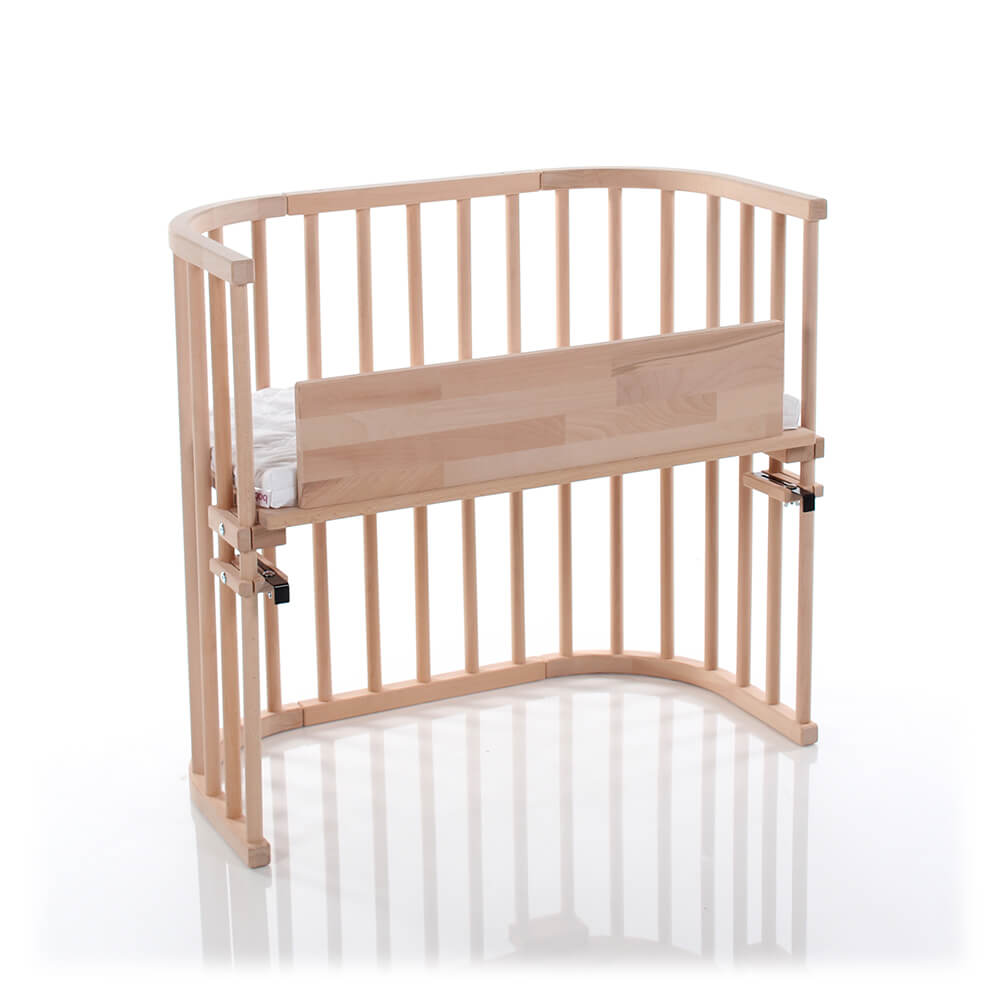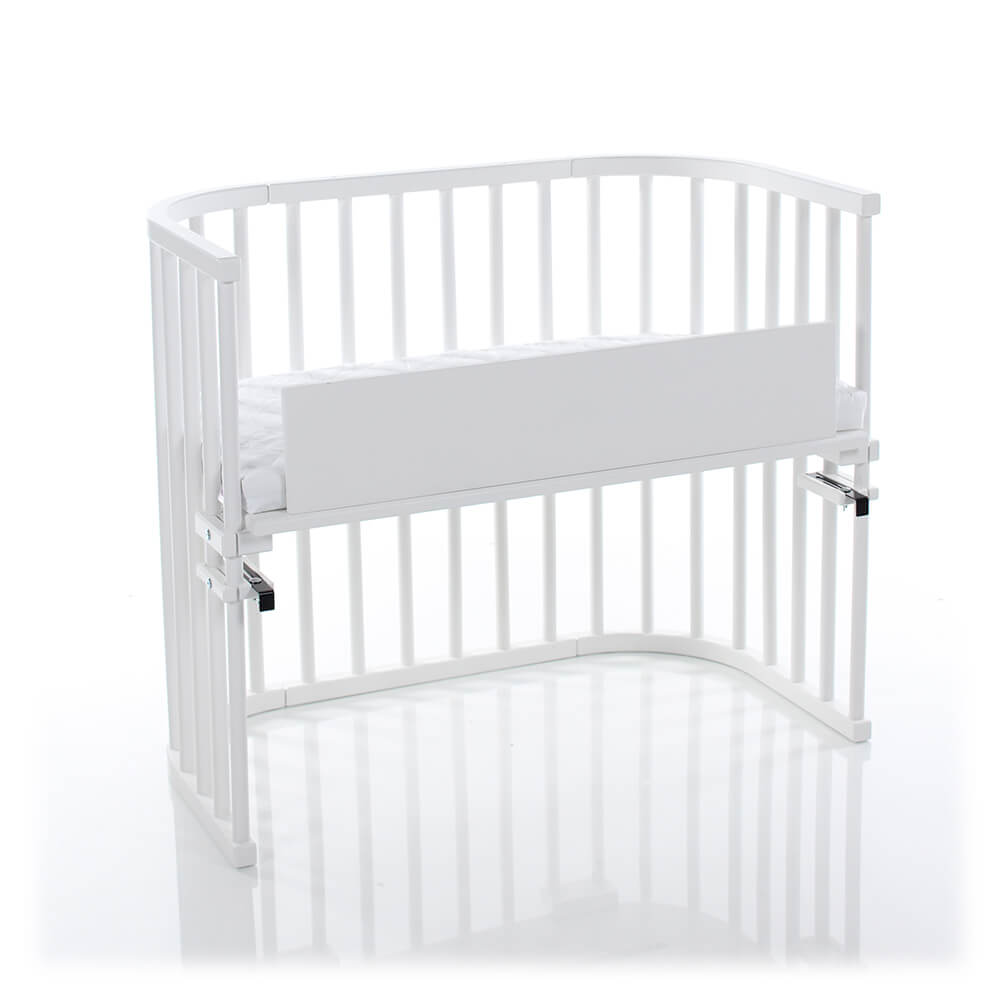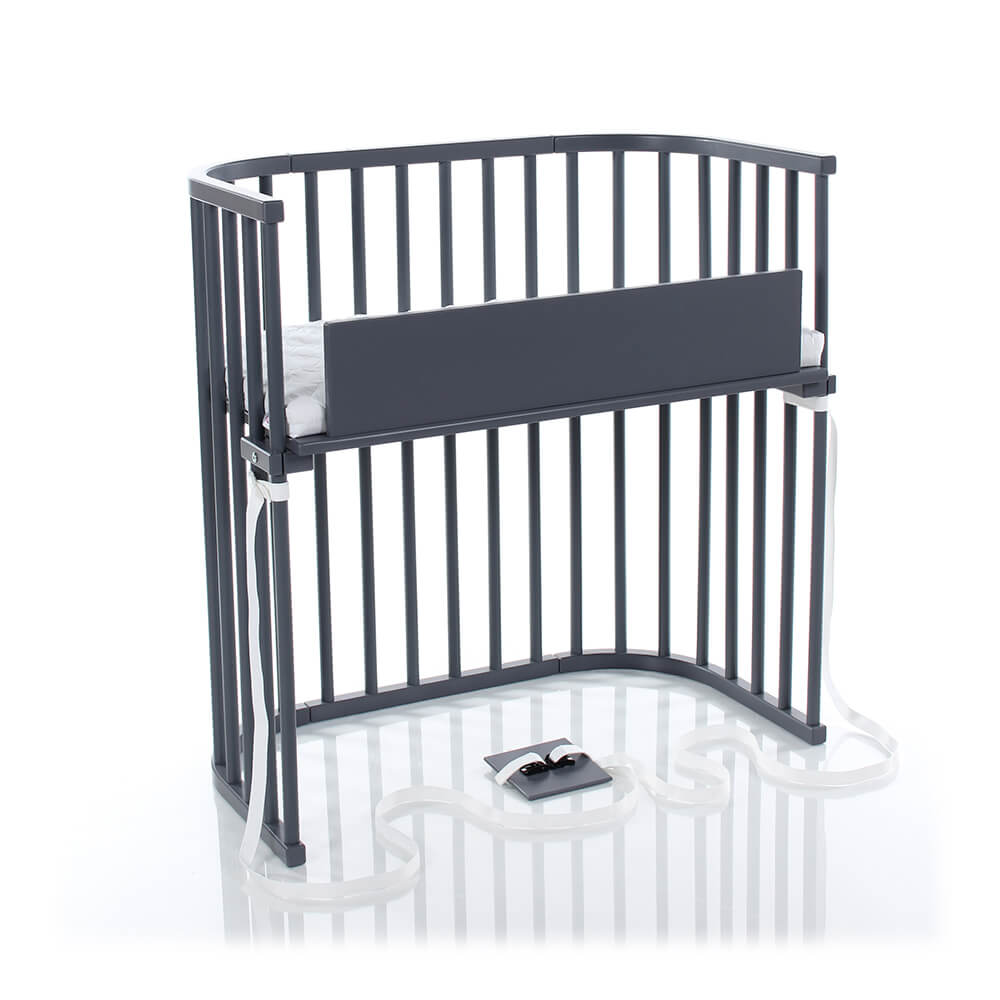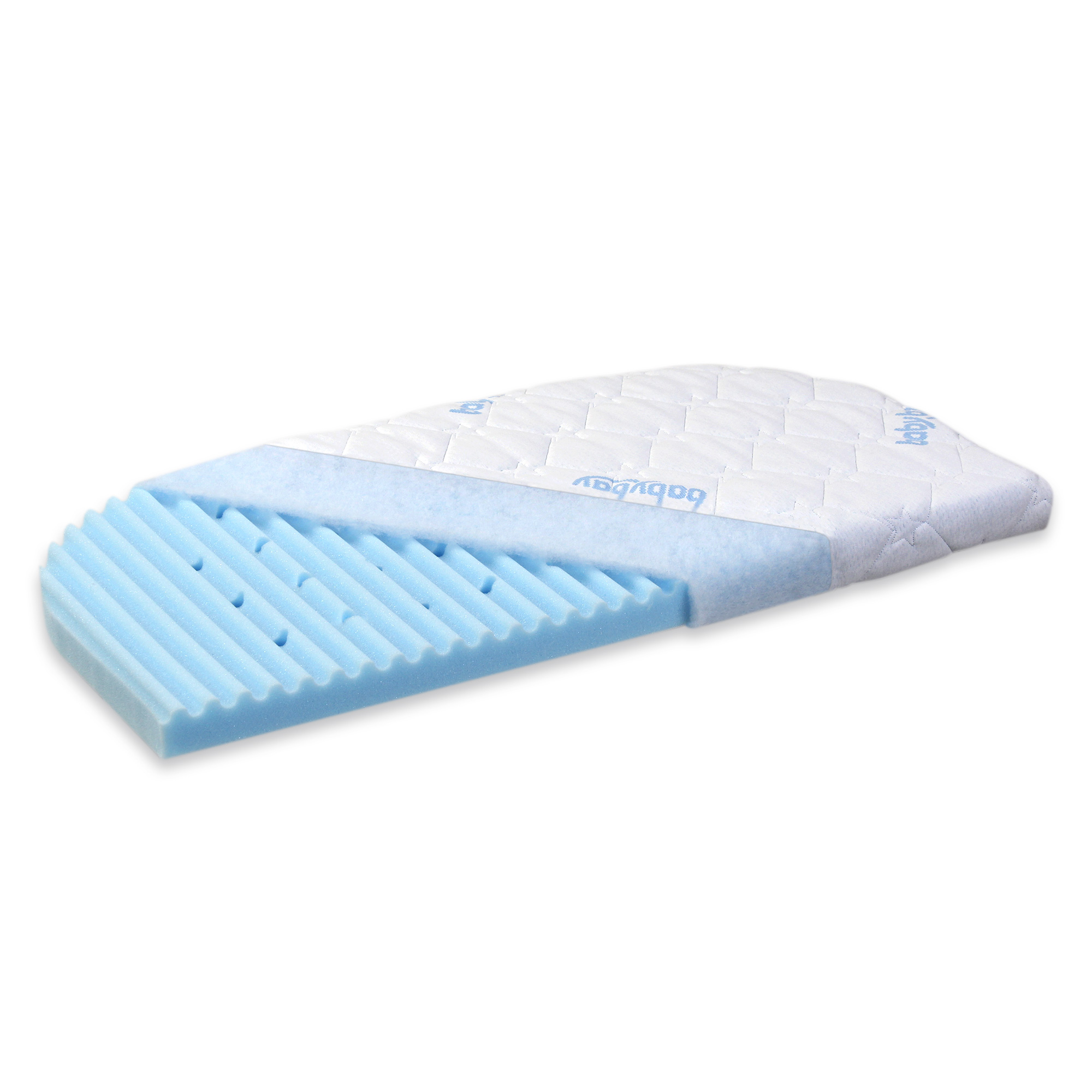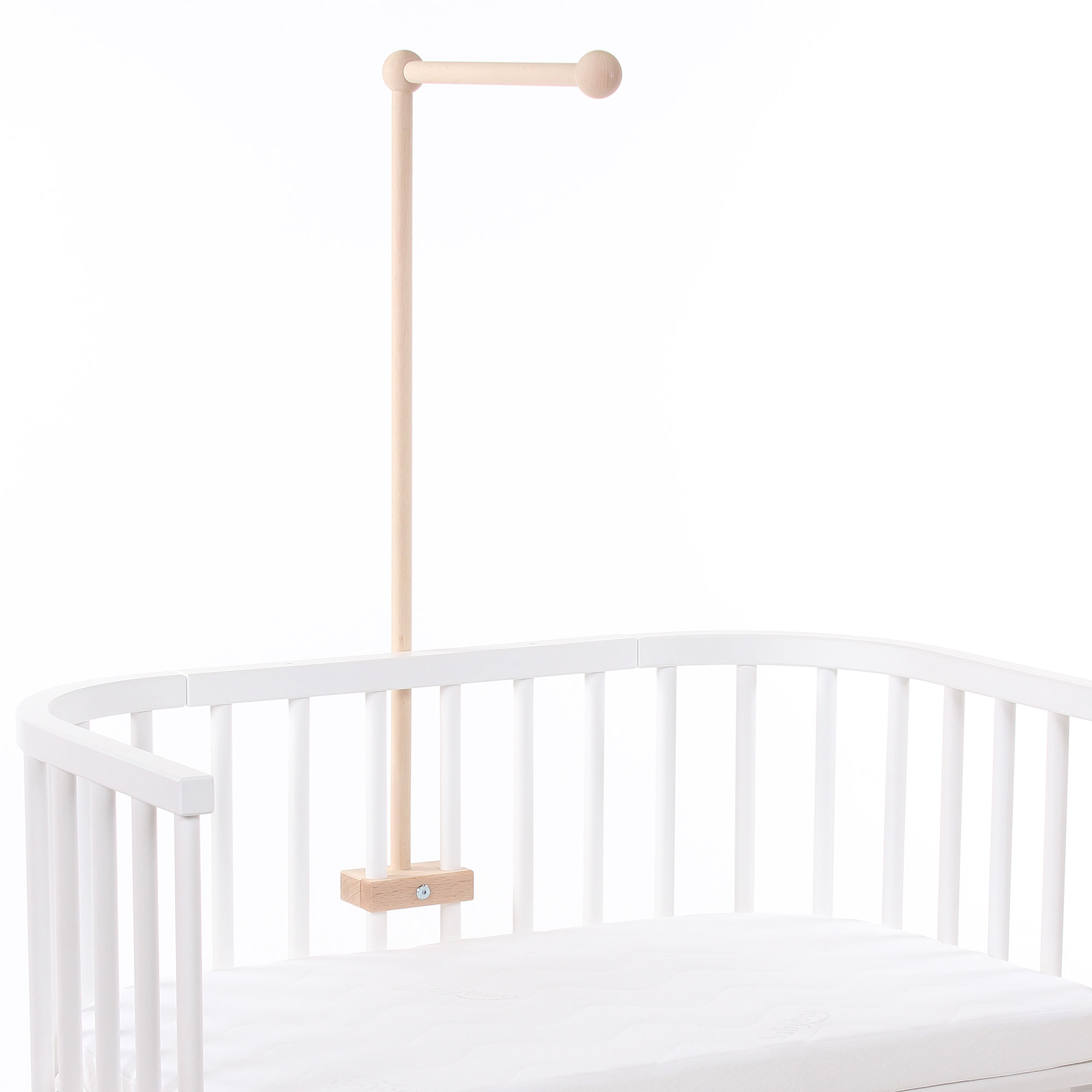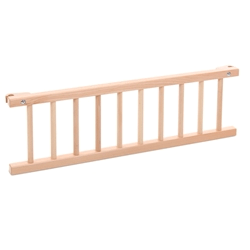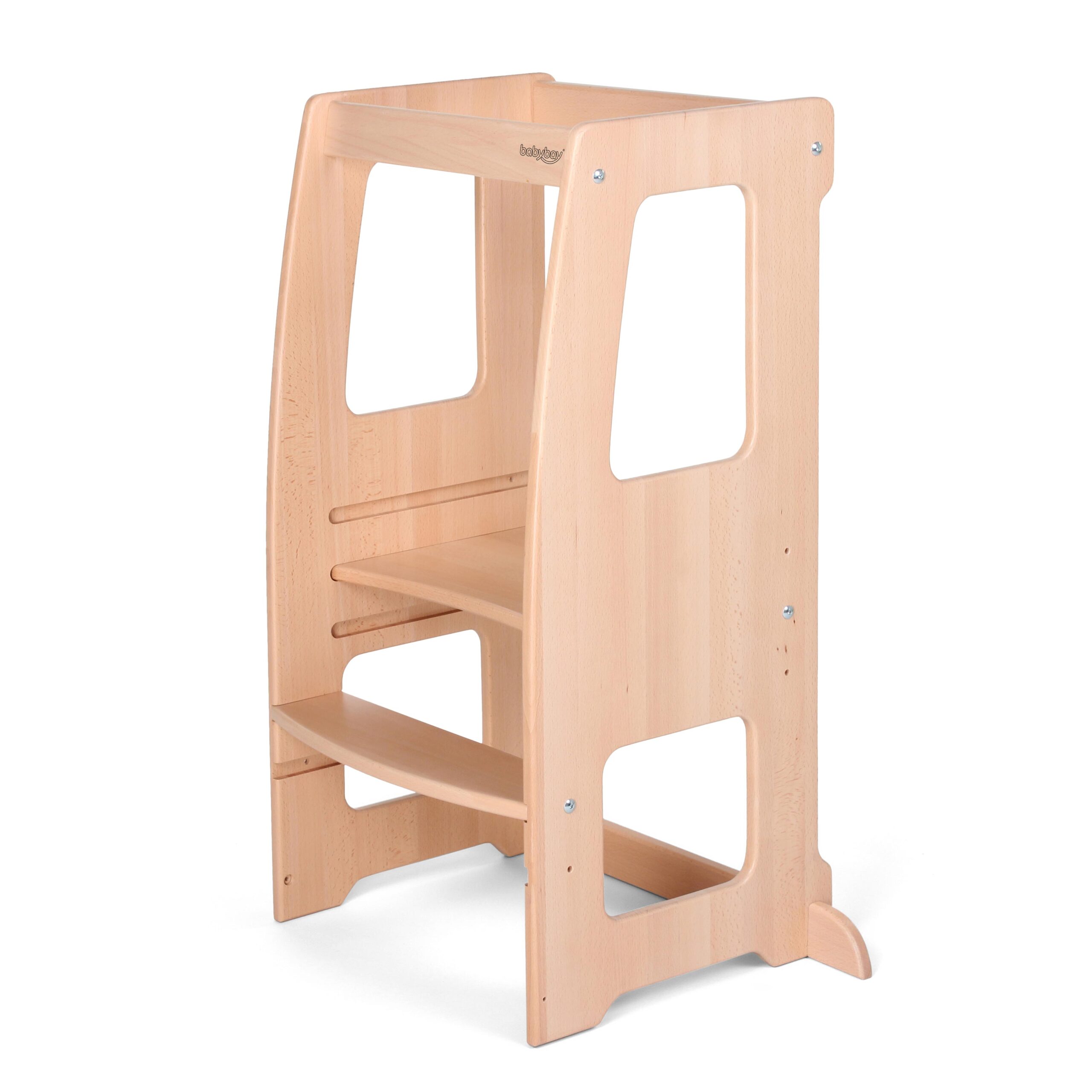There are many reasons why parents may choose to breastfeed. And even more reasons why parents might choose to get more sleep while making their nights easier by taking advantage of the connection between co-sleeping and breastfeeding.
Maybe they’ve heard about the many benefits of breastfeeding (like giving baby better protection against short and long-term illness) or read one of the academic studies that explores how breastfeeding supports both maternal and infant health.
Perhaps they’ve even read the stats about how breastfeeding can save parents between $1,200-1,500 in their baby’s first year. (Definitely not something to sneeze at!)
Regardless of why they make the decision, around three out of four mothers in the U.S. choose breastfeeding over buying formula. And many of those families take advantage of the co-sleeping and breastfeeding connection to make nighttime nursing even easier.
While breastfeeding may not be an option for every mother or family, co sleeping can positively support baby health while making it easier for parents to get a night of good rest. Here’s how…
First Thing’s First: What Is Breastfeeding While Co-Sleeping Like?
Newborn babies have a schedule all their own. (As any new parent will tell you after getting up with their baby multiple times in one night!).
It will take your baby a while (on average around 6 months of life) before they’ll be able to get a full 6-8 hours of shut-eye without waking up every hour or so.
The “why” behind that crazy baby sleep schedule often boils down to their undeveloped circadian rhythm.
As it turns out, it takes time for your baby to develop a healthy circadian rhythm (the internal clock that helps us stay awake when the sun is up and get rest when the sun goes down). After spending so long in the womb, your baby is not exactly accustomed to the changes of day and night, which makes it challenging for them to stay asleep for long stretches of time.
Not only that, their tiny tummies can’t hold much food. Your baby will double their weight in the first 5 months of life, and that kind of quick growth requires plenty of nutrients.
This is why your baby may call for food every few hours when they’re first born. (And why you as a breastfeeding parent are likely to wake up several times throughout the night to give them a much-needed helping hand for their hunger.)
Together, the combo of a tiny tummy and an undeveloped circadian rhythm can lead breastfed babies to stay up all night – while their parents happen to stay up with them.
But luckily, “staying up all night” doesn’t have to be the name of the game when it comes to caring for your baby through the night while responding to every hunger cue with breastfeeding. That’s where co-sleeping comes in to make nights with your newborn easier and more comfortable.
The Convenience and Ease of Co-Sleeping Cribs
Many breastfeeding mothers choose to get more and more restful sleep with a co-sleeper or bedside crib, which offer a safer alternative to inviting your baby into bed with you to sleep away the night.
With the help of a co sleeper or bedside crib, you don’t even need to get out of the comfort of your bed to care for their baby’s needs (which many families with a newborn baby count as a big, big plus!).
While breastfeeding mothers who are not relying on a co-sleeper may need to groggily get out of bed every two to four hours, co-sleepers allow you to stay relaxed and comfortable while offering your baby the nurturing and nutrients they need.
And while getting out of bed and reaching over crib bars might not sound like too much of an inconvenience at first, having to make the trip multiple times throughout the night can easily leave nighttime feeding feeling like a chore.
Co-sleepers make it easier to care for your breastfed babies during the night, while waking up more comfortable and rested in the morning. That’s why they remain one of the most popular sleeping options for breastfeeding families around the world.
Breastfeeding and C-Sections: How Co-Sleeping Makes Everything More Comfortable
Getting sleep after c-section can be a challenge. Scratch that: getting sleep after c-section can feel near-impossible to some mothers. Add breastfeeding into the mix and it can easily lead to some sleepless nights for mama.
Though c-sections are one of the most common ways to welcome your baby into the world (about 1 in 3 babies are born this way in the United States every year), it’s important to remember the c-sections are still major abdominal surgery.
And while caring for your baby all night long definitely is Priority #1 for new parents, caring for your healing body by giving it the rest and lying-down time it needs is just as important.
Sleeping after c-section with the help of a co-sleeper or bedside bassinet can help your wounds heal by totally eliminating the dozens of trips across the rooms that mothers using a crib have to take each night. It also cuts down on the time you’ll spend bending over and reaching across crib bars, which cuts down on the kind of pulling motion that irritates your healing c-section abdomen.
That’s why many mothers who have delivered their baby via c-section choose co-sleeping after birth, or quickly swap out their crib for a “no bending over needed” co-sleeper for the time it takes their body to rest and heal.
One of the Comfiest Ways to Care for Your Little One: Co-Sleeping and Breastfeeding Lying Down
Breastfeeding lying down can be a tricky position for new moms to learn, but it can also be one of the most comfortable ways to feed your baby at night.
Lying down can make the breastfeeding experience more relaxing for you, and it can be a way to minimize sleep disruption when you need to feed your baby at night.
Some experts even believe that this position helps babies nurse better, because there’s less pressure on the baby’s neck and head.
During the first months of life, this position can also help a fussy baby get a good latch by calming them down and putting them in a better position.
For some parents, breastfeeding a newborn at night means waking up, walking around, and finding ways to wake up their body enough that they’ll be able to support baby health without succumbing to exhaustion and lying back down.
And while this can help the breastfeeding mother feel awake enough to breastfeed their baby comfortably, it can be hard to lie back down and get back to sweet sleep after spending so much energy becoming alert.
When using a co-sleeping baby bed to remain comfortable while breastfeeding lying down, you’re able to remain in a restful state while feeding your little one. Which makes it easier to get back to sleep once the time comes.
This helps parents get more sleep during the night by making it easier to transition between being awake and falling back to sleep (which for parents of a newborn, is a major win!).
A Big Co-Sleeping Benefit: Better Nights of Rest
Though there are many co-sleeping benefits to enjoy (including a boosted immune system and better bonding between you and baby), the more restful nights of sleep that both you and your baby enjoy are a big plus.
When you sleep no more than an arm’s reach from your baby, you’re able to respond to every one of their nighttime needs — including their hunger calls — easily, and without needing to fully get out of bed to do it.
That means you and your baby get to take advantage of all the benefits of breastfeeding, without struggling to get sweet sleep while nighttime feeding.
That’s one of the main reasons why co-sleeping and breastfeeding go together so well: You’re able to give your baby everything they need during the night, while also giving your body the rest and relaxation you need as a parent.
Interested in discovering more about co-sleeping or starting out on your own safe co-sleeping journey?
Learn more about what co sleeping is and how to know if it’s right for you, or take a peek at our guide to safe and restful co sleeping for you and your newborn baby.







